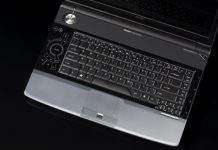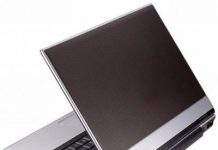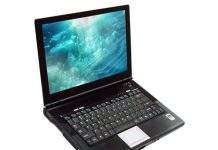Imagine a future where icy winds no longer cripple transportation or necessitate rivers of antifreeze. A novel de-icing technology utilizing static electricity promises to thaw frozen surfaces efficiently and sustainably, potentially revolutionizing everything from car windows to airplane wings.
Researchers at Virginia Tech, led by Jonathan Boreyko, have discovered that frost naturally develops a charge as it forms. This electric field can be amplified by applying a high-voltage charge using a copper electrode suspended above the frosted surface. This “turbo-boosted” effect effectively attracts and removes ice crystals from the frost.
The breakthrough builds on earlier serendipitous findings where researchers noticed that water films naturally charged near forming frost could, in turn, lift away tiny ice crystals. However, this initial approach was barely noticeable in terms of overall frost removal. The new system significantly ups the ante.
In lab tests, the high-voltage electrode successfully removed half of the frost within just 10 to 15 minutes, with the efficiency reaching a remarkable 75% when applied to surfaces that repel water. Achieving this impressive reduction in frost required an electric charge of around 550 volts – considerably higher than typical household electricity.
Despite the seemingly high voltage, the system operates on minimal current, making it surprisingly safe. Boreyko compares the sensation of accidentally touching the electrode to a brief jolt from a farm’s electric fence. This minimal current also translates into significant energy savings – requiring less than half the energy needed to directly heat and melt the frost.
This eco-friendly approach boasts impressive applications beyond individual car windshields.
The aviation industry, notorious for its vast antifreeze consumption during de-icing procedures, could greatly benefit from this technology. Instead of dousing airplane wings with hundreds of liters of environmentally harmful fluids, airports could utilize portable “electric wands” to efficiently remove ice and snow from aircraft surfaces simply by waving the high-voltage electrode across them.
Boreyko envisions a future where this innovative de-icing system becomes commonplace, significantly reducing reliance on energy-intensive heating methods and minimizing the environmental footprint of antifreeze usage in transportation.












































